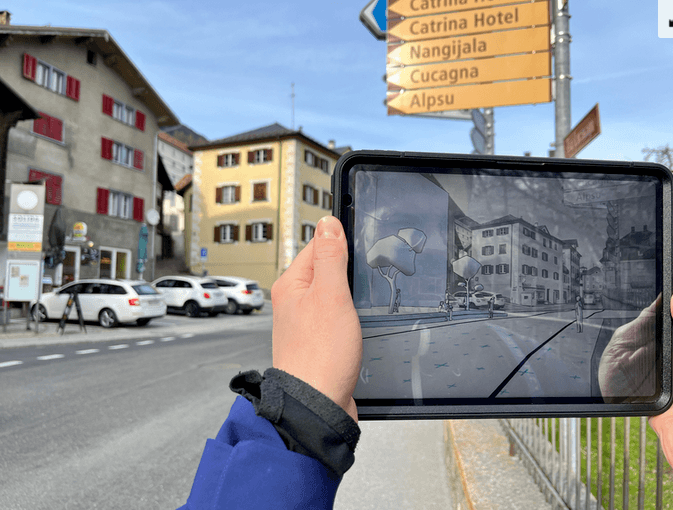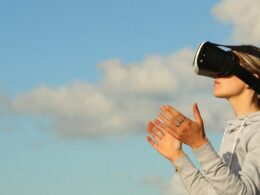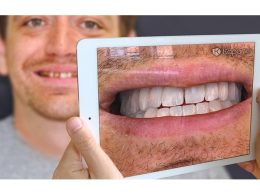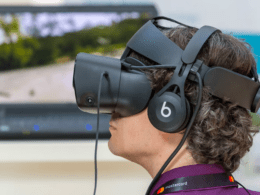Researchers at the Lucerne University of Applied Sciences and Arts (HSLU) are further exploring the potential of augmented reality for urban planning. For the first time, acoustics also play a role.
We have already reported several times on the visualisation of future building projects using augmented reality. So also about the Project Lucerne University of Applied Sciences and Arts (HSLU), which focused on the redesign of Lucerne's Bahnhofstrasse and Theaterplatz.
Tobias Matter from the Lucerne University and his interdisciplinary research team have developed the innovative solution approach: they visualise the plans for urban development in augmented reality (AR) so that the general population can better understand the planning. In this process, AR supplements reality with digital objects so that people can imagine the new image on site. The objects are projected onto the environment on the screens of tablets and smartphones.
Large research project launched
The researchers have now bundled the findings from various preliminary projects together with Planteam S AG (the planning office has many years of experience in the use of 3D models in spatial development, urban planning and geoinformation), the noise protection specialists at SINUS AG and the city of Lucerne into a major Innosuisse project.
Over the next three years, the project team will accompany several construction projects in augmented reality - including the planned upgrading of the much-used Tribschenstrasse in Lucerne's city centre and the new pedestrian and bicycle crossing over the Reuss River at Lucerne's "Nordpol" site.
Ultimately, a modular AR toolkit including methodological guidelines is to be developed on the basis of the case studies. The aim is for the project partners to be able to select the appropriate AR visualisation and interaction form from this digital toolkit and adapt it to the needs of their respective construction project.
World premiere: The acoustics are thought through as well
However, the researchers and the project partners are not only concentrating on the visual, but are also combining this with the acoustic level, as Tobias Matter explains. On the one hand, the AR application on the smartphone or tablet shows users what a planned noise protection wall will look like, for example. On the other hand, it also simulates acoustically via headphones how the wall shields the surroundings from noise.
The sound simulation is intended to intensify the feeling of being right in the middle of things for the viewers. "If we succeed in the planned implementation, we would be the first research team in the world, as far as I know, to combine the acoustic and visual levels in spatial planning via augmented reality," says Tobias Matter.
Source: bba / Youtube








